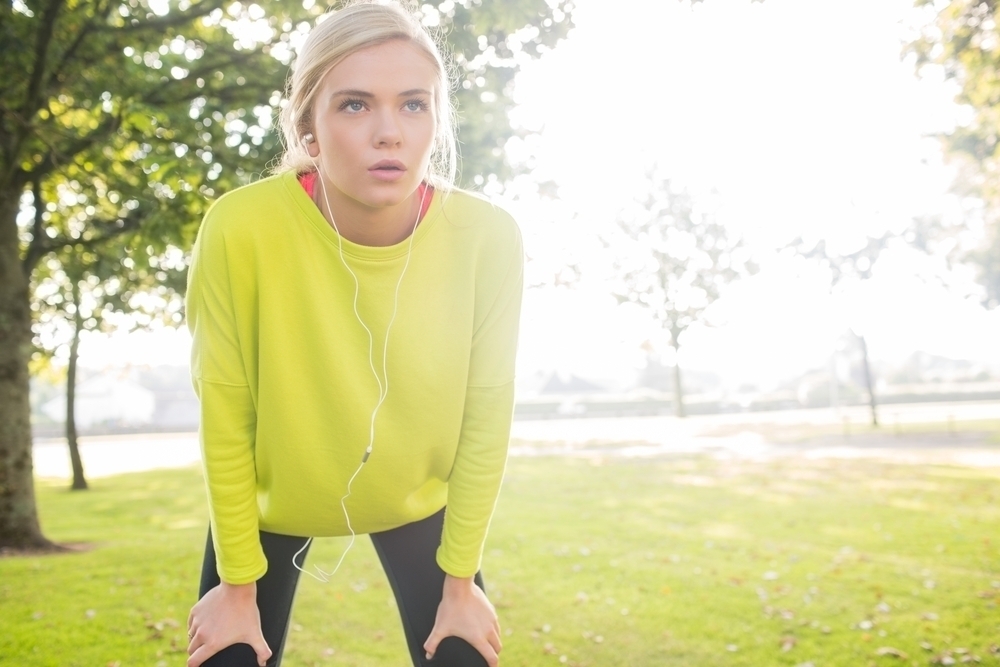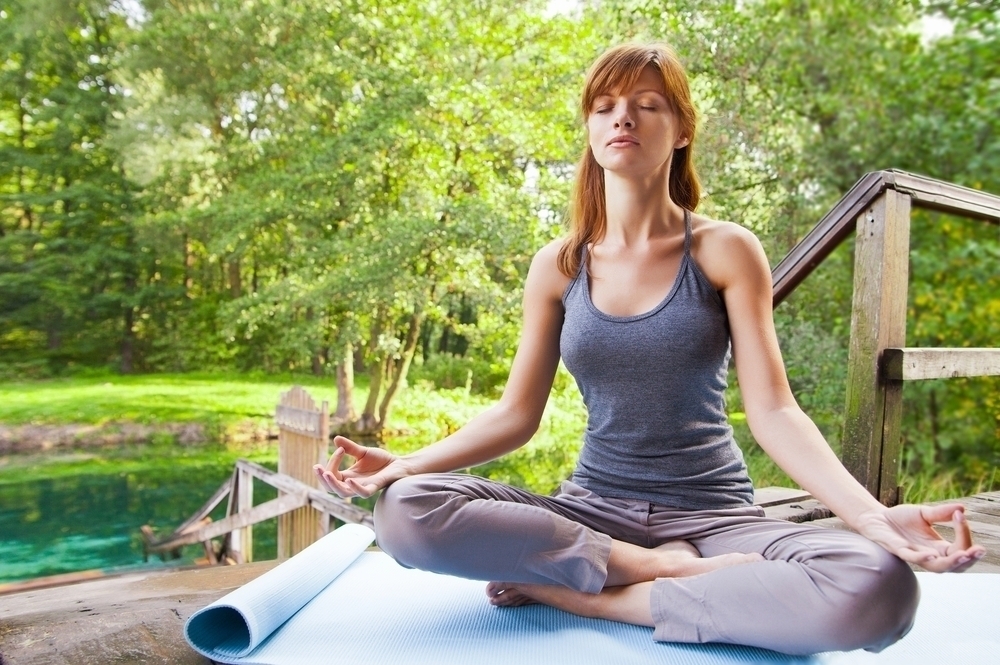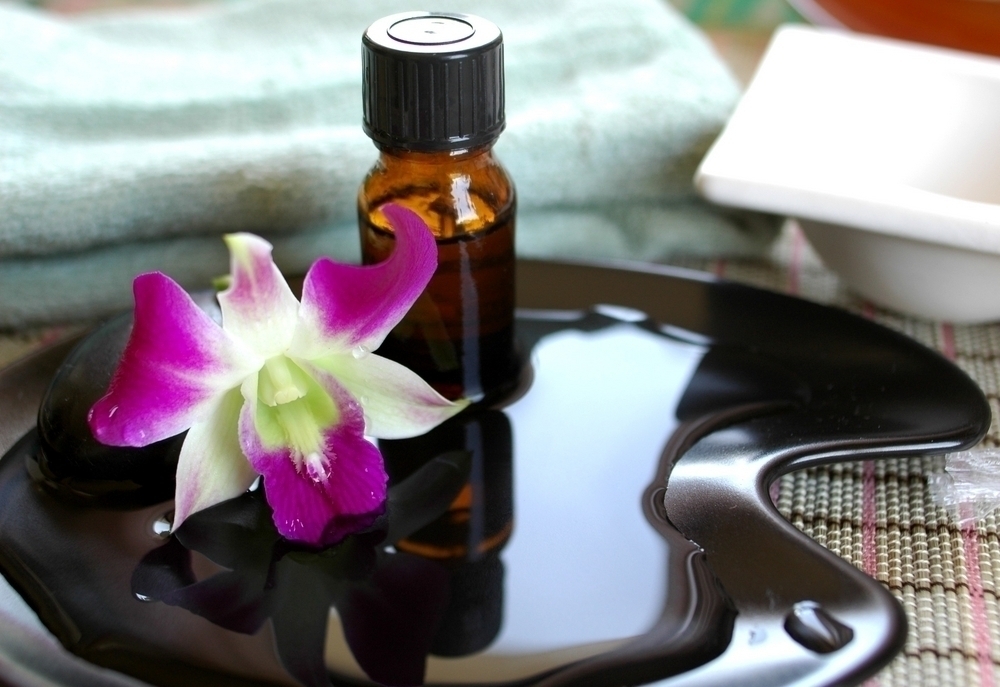Advertisers selling everything from fake tans to bikinis all welcome the summer season by telling you that you need to “get your body beach-ready.” No matter what that phrase may or may not mean to you, exercise is an important aspect of your overall health and well-being. The terms “in shape” and “out of shape” are relative depending on genetics, age and health. You probably won’t have the same definition of being in shape or beach ready as the co-worker next to you, but in general you know that getting in shape requires a nutritious diet and regular exercise.
In a perfect world, you would fit your daily workout in with no problem, but your life is hectic and busy and sometimes chaotic. So you take a day off from your fitness routine, no big deal. But how many days off does it take before your body is out of shape again?
Fitness Levels
As previously mentioned, the amount of time that passes before you get “out of shape” is dependent of several things and one of these is your starting level of fitness. Again, it is impossible to pinpoint an exact scale of how fit you are, but the components that go into your fitness level include:
- Cardiovascular endurance – This refers to what many people associate with general fitness, how well your cardiovascular and respiratory systems endure periods of vigorous activity without becoming winded.
- Muscular strength and endurance – These areas of fitness are pretty much exactly what they sound like. Muscular strength refers to your ability to use your muscles to their maximum capacity while muscular endurance indicates how well your muscles perform repetitive tasks over time.
- Flexibility

In Shape to Out of Shape
Just as it takes varying periods of time for people to get in shape, it takes different people different periods of time to become out of shape. Craig Rasmussen, Certified Strength and Conditioning Specialist in California, states that after taking a period of two weeks off, “we will probably start to see a decline in general fitness levels.” He adds that “these can occur at different rates in the muscular and cardiovascular systems.” Typically it is your cardiovascular endurance that declines first due to the fact that your muscle memory helps retain a certain level of strength and endurance.
Rasmussen notes that after two weeks it is still probably safe for you to get right back to your normal fitness routines without risking serious injury or damage to your health. However, the longer you remain inactive and the further out of shape you get will determine what intensity you can safely do when you return to working out. The longer you stay away from your fitness activities, the longer it will take to get back to your in shape state. Health professionals recommend at least three to five days a week that include vigorous exercise in order to maintain a level of health and fitness.














 Drink Your Coffee
Drink Your Coffee Scarf Some Salmon
Scarf Some Salmon Gobble up Some Turkey
Gobble up Some Turkey Eat Your Spinach
Eat Your Spinach Spice up Your Life
Spice up Your Life














